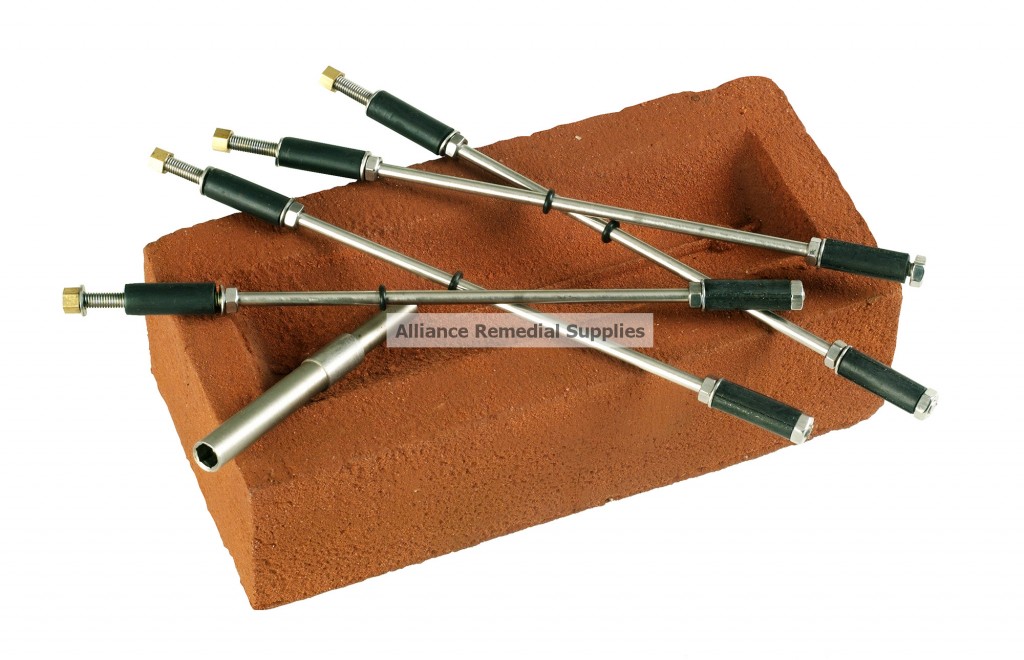News
Replacement Wall Ties
Many Homebuyers survey reports flag up the potential need for Replacement Wall Ties but that the recommendation in the report is to contact a specialist for further investigation.
This is standard practice recommendation for late Victorian, Edwardian and 1930’s cavity wall constructed properties. Homebuyers and full Structural survey reports for prospective property purchasers do not extend to invasive investigations. This includes drilling holes into cavity walls to examine the condition of the wall ties by means of a camera investigation.
The recommendation for the potential need for Replacement Wall Ties is laregly based on the age of the property and that early wall ties were made of mild steel which over time, especially in coastal areas, can become corroded. This can lead to cracks appearing in the mortar of the outer leaf or cracks in rendered walls. It can also create internal damp and cold spots. More often than not, there will be no apparent defect to the outer or inner walls to suggest the wall ties have corroded but the Surveyor as a matter of routine, will make this recommendation in their report.

The only way to be sure about the need for replacent wall ties is to enage a wall tie replacement specialist to conduct a camera examination of the cavity. However, it should also be pointed out this will be limited if the cavity has been insulated.
So unless there are obvious signs of defect either by way of structural defect to the outer face of bricks or render or with internal damp or cold spots and the prospective mortgage lender is not insisting on this work being carried out then it can be treated as advisory information and recommendation for work to be considered at a later time and not treated as an immediate priority.
We do suggest it is worth a second opinion of a local wall tie installer. The following organisations list local contractors:
The Wall Tie Installers Federation: http://www.wtif.org.uk/
The PCA: http://www.property-care.org/
There are a number of different types of Remedial Replacement Wall Ties ranging from Mechanical Brass and Neoprene Ties which are among the most commonly used replacement wall ties but also resin to resin and Drive Fix Helical ties. The choice of tie used is often determined by the condition and material of brick or block of the inner leaf to the cavity wall as to which will achieve the best mechanical anchor sufficient to withstand a pull-out test to achieve the necessary load.
The correct tie density is 2.5 ties per m2. A section of wall 10m2 would therefore require 25 replacement wall ties spaced no further apart than 900mm horizontally and 450mm vertically but to double up around window and door reveals.
It is recommended the original wall ties are ‘isolated’ or removed altogether.



